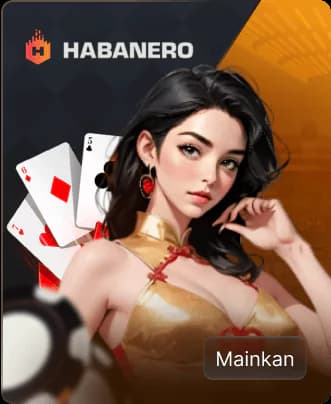

DEWIDEWITOTO Semangat Merah Putih Membangun Ekosistem Digital Kuat Indonesia
DEWIDEWITOTO Merajut Ekosistem Digital Kuat dengan Semangat Merah Putih Indonesia
Selami bagaimana DEWIDEWITOTO berdedikasi membangun ekosistem digital kuat Indonesia berlandaskan semangat Merah Putih. Artikel ini mengulas inovasi, kolaborasi, dan langkah nyata DEWIDEWITOTO dalam memberdayakan masyarakat melalui teknologi. Temukan peran kami dalam membentuk masa depan digital negeri.
Semangat Merah Putih DEWIDEWITOTO: Mendorong Pertumbuhan Ekosistem Digital Indonesia
Artikel ini akan membahas bagaimana DEWIDEWITOTO dengan semangat Merah Putih-nya menjadi pendorong utama ekosistem digital kuat Indonesia. Pelajari strategi kami dalam menciptakan solusi inovatif, platform aman, dan lingkungan digital yang kondusif bagi setiap individu dan bisnis. Bergabunglah dengan kami!
DEWIDEWITOTO & Merah Putih: Arsitek Ekosistem Digital Kuat untuk Indonesia Modern
Temukan DEWIDEWITOTO sebagai arsitek di balik ekosistem digital kuat Indonesia yang modern. Dengan semangat Merah Putih, kami berinovasi tiada henti untuk menyediakan infrastruktur dan layanan digital terbaik. Artikel ini akan mengungkap visi kami dalam mendukung transformasi digital nasional.
Membangun Fondasi Digital Kuat: Kontribusi DEWIDEWITOTO dengan Semangat Merah Putih
Artikel ini menyoroti kontribusi DEWIDEWITOTO dalam membangun fondasi digital kuat Indonesia, didasari oleh semangat Merah Putih yang membara. Kami akan menguraikan bagaimana komitmen kami pada keamanan, inovasi, dan kemudahan akses membentuk masa depan digital yang lebih baik untuk semua.
DEWIDEWITOTO Indonesia: Inspirasi Merah Putih Wujudkan Ekosistem Digital Terdepan
Jelajahi bagaimana DEWIDEWITOTO Indonesia terinspirasi oleh Merah Putih untuk mewujudkan ekosistem digital terdepan bagi bangsa. Artikel ini mengeksplorasi dedikasi kami dalam menghadirkan platform inovatif yang adaptif dan inklusif, mendukung setiap langkah Anda di dunia digital.
© 2025 Copyright DEWIDEWITOTO. All right reserved.




















